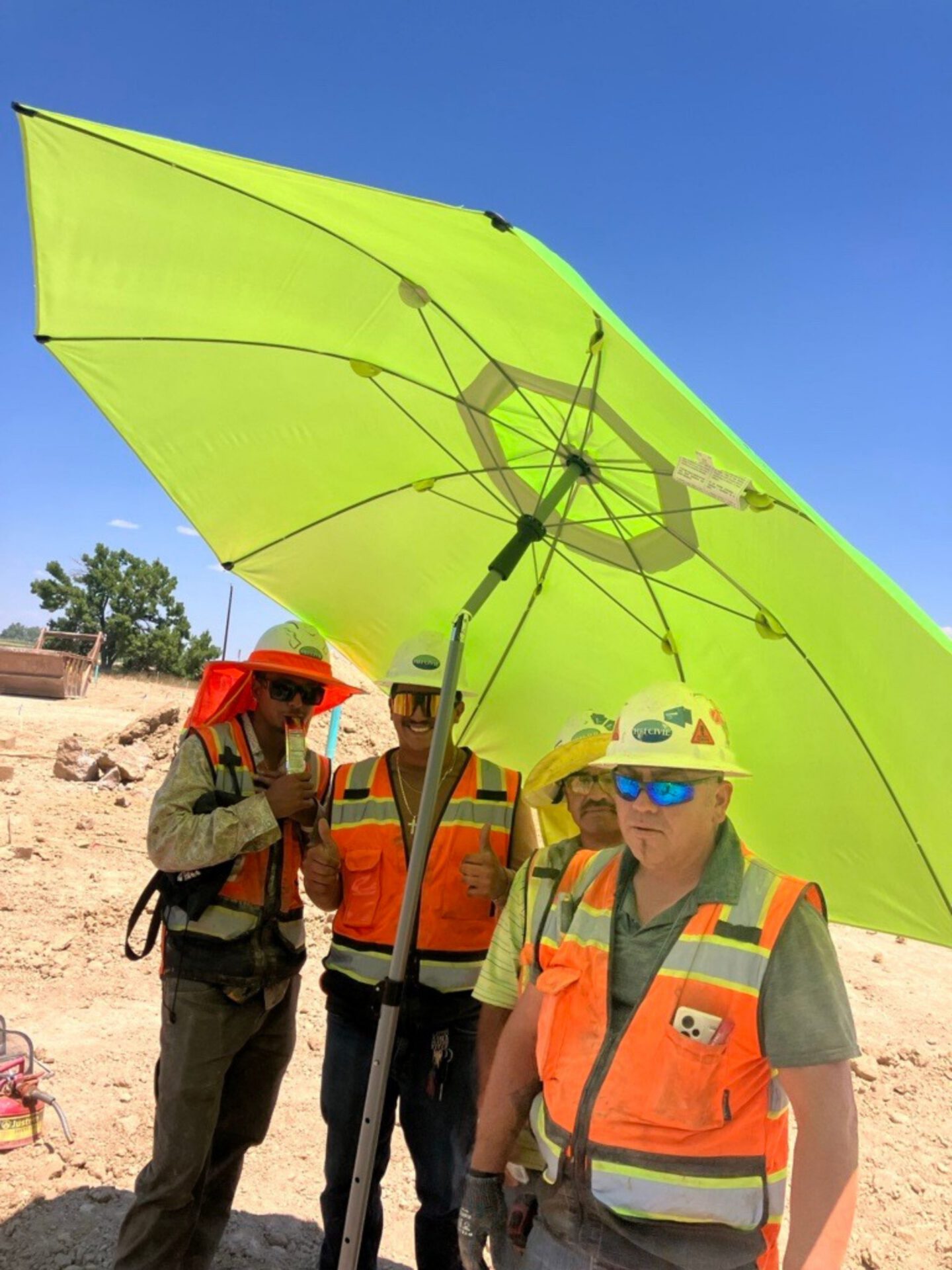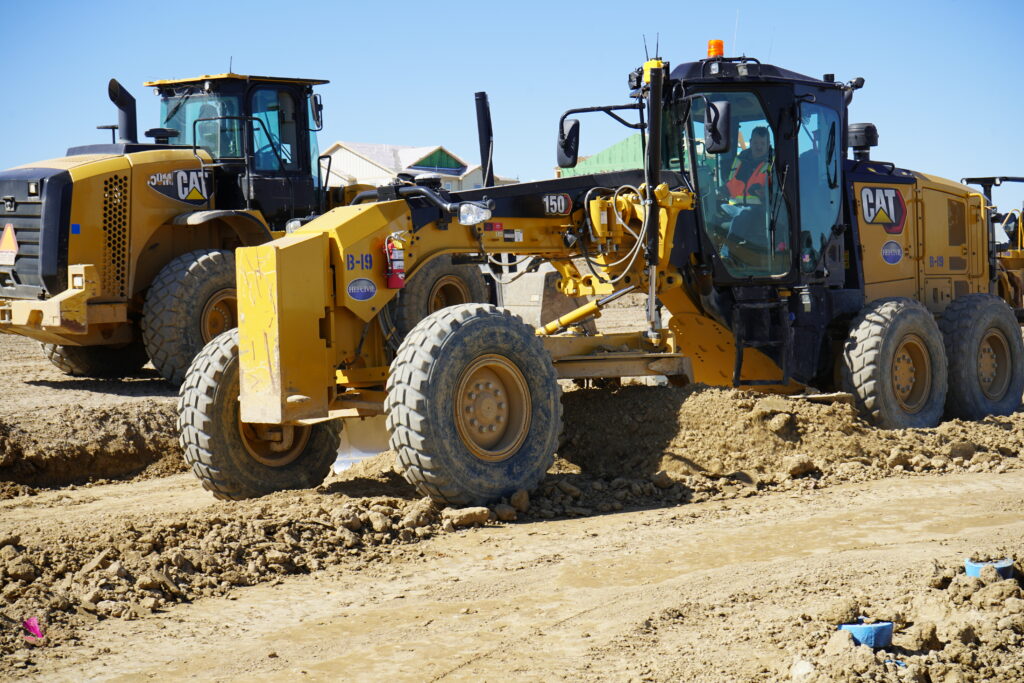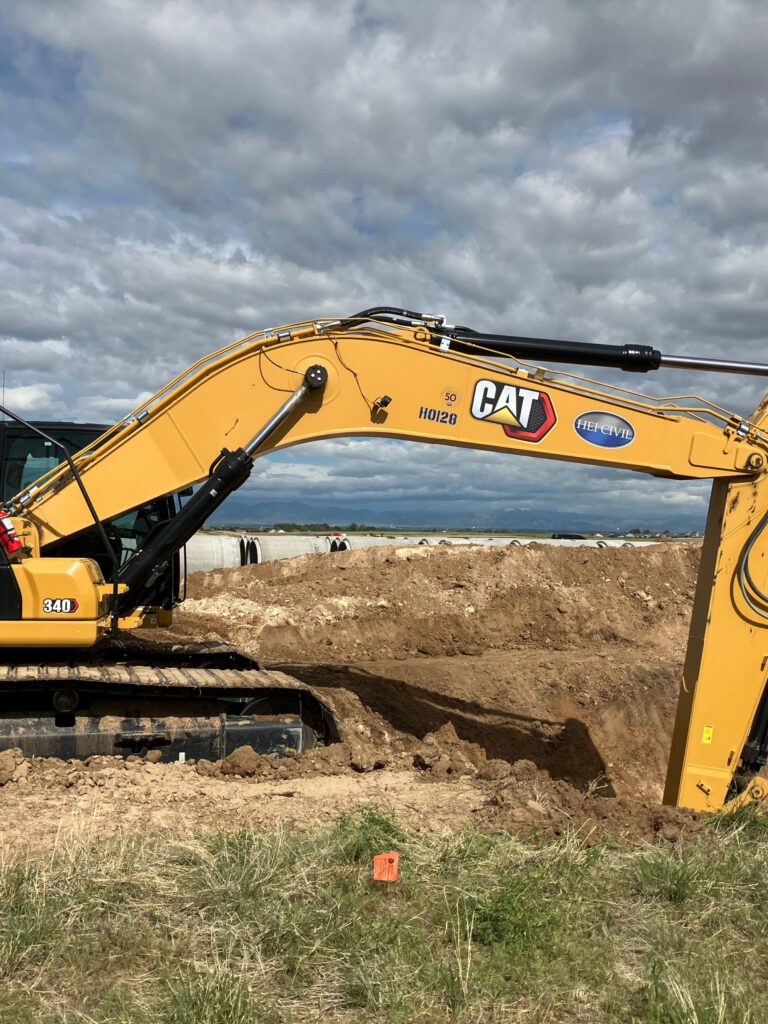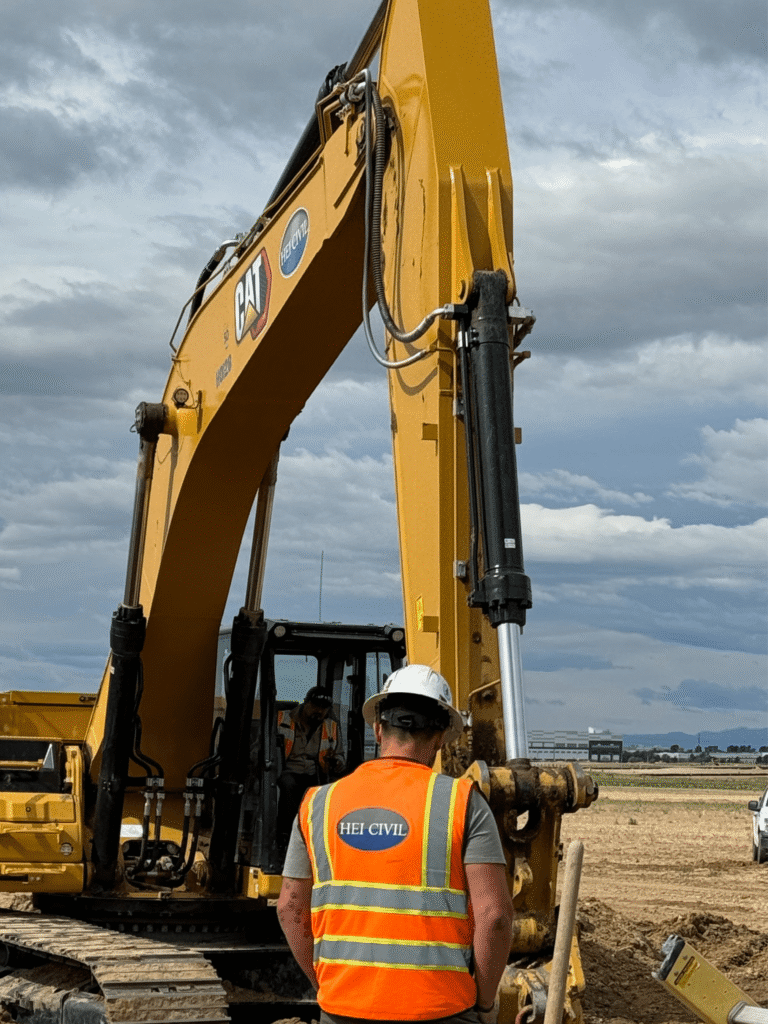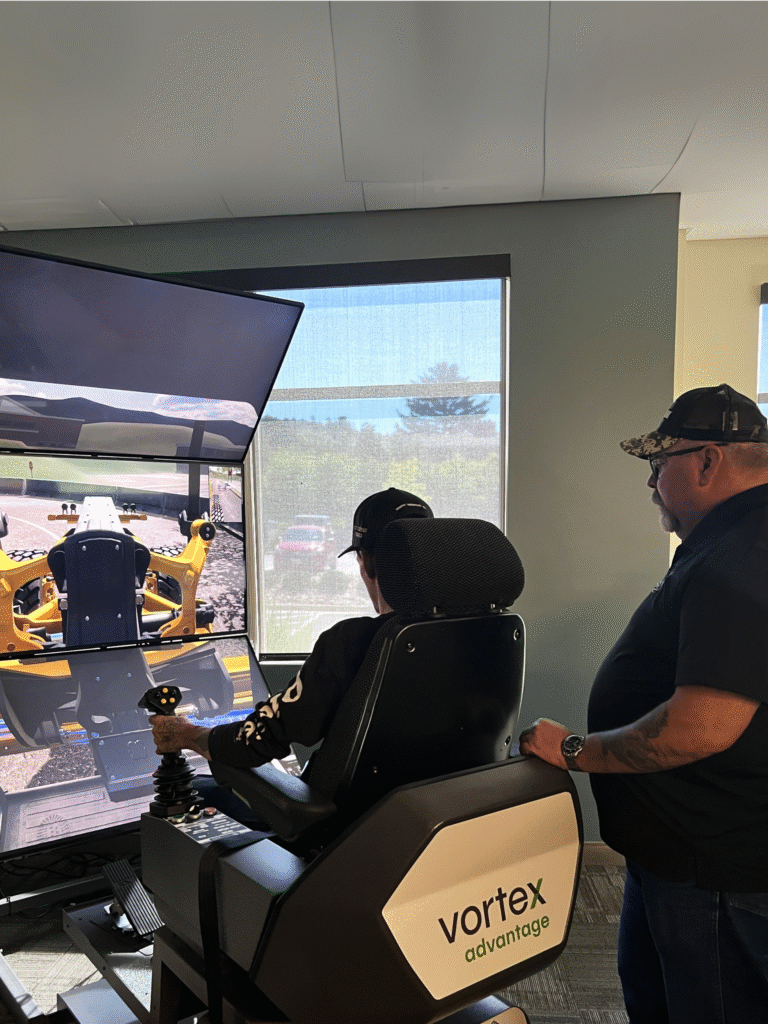Extreme weather conditions present unique challenges for the construction industry. Whether working in intense heat or cold, maintaining safety and productivity is essential. New safety standards have been introduced to protect workers from these harsh conditions while ensuring projects stay on track. Here’s how the construction industry is adapting to these evolving safety measures.
Heat Safety Standards
High temperatures can lead to serious health risks such as heat exhaustion and heat stroke. For workers’ safety, updated heat safety standards have been adopted to reduce these risks.
- Hydration: The best way to prevent heat-related illnesses is to ensure workers have constant access to water. Encouraging regular water intake is a simple but critical measure.
- Heat Stress Training: Training workers to recognize early symptoms of heat stress—such as dizziness or nausea—helps prevent severe cases. This proactive approach ensures that any signs of heat-related illness are quickly addressed.
- Work-Rest Cycles: Implementing structured work-rest schedules during peak heat hours allows workers to take breaks and cool down, reducing the likelihood of heat exhaustion.
Cold Weather Safety Protocols
Cold weather brings its own set of dangers, such as frostbite and hypothermia. Following cold weather safety standards helps mitigate these risks and ensures worker safety in freezing conditions.
- Thermal PPE: Providing workers with the proper personal protective equipment (PPE), including insulated gloves, jackets, and boots, is essential for preventing cold-related injuries.
- Layering Guidelines: Workers are encouraged to wear layered clothing to allow for easy adjustment between varying temperature conditions. This ensures that workers can stay warm while avoiding overheating.
- Anti-Slip Measures: Icy and slippery surfaces are a significant concern in cold weather. Providing anti-slip footwear and implementing de-icing procedures on-site reduces the risk of falls and accidents.
Adapting to New Safety Standards
The construction industry stays ahead by continually adapting to the latest safety standards. Emergency preparedness training allows teams to react quickly to prevent further damage in hazardous weather conditions. Clear protocols for evacuation or shelter can make all the difference in keeping workers safe.
As extreme weather becomes more unpredictable, the construction industry is adapting to updated safety standards to protect workers from heat and cold. By implementing practical measures such as hydration, proper clothing, and emergency preparedness, construction teams can continue to operate safely, regardless of the weather conditions. These standards protect workers and ensure that projects remain efficient and on schedule.

